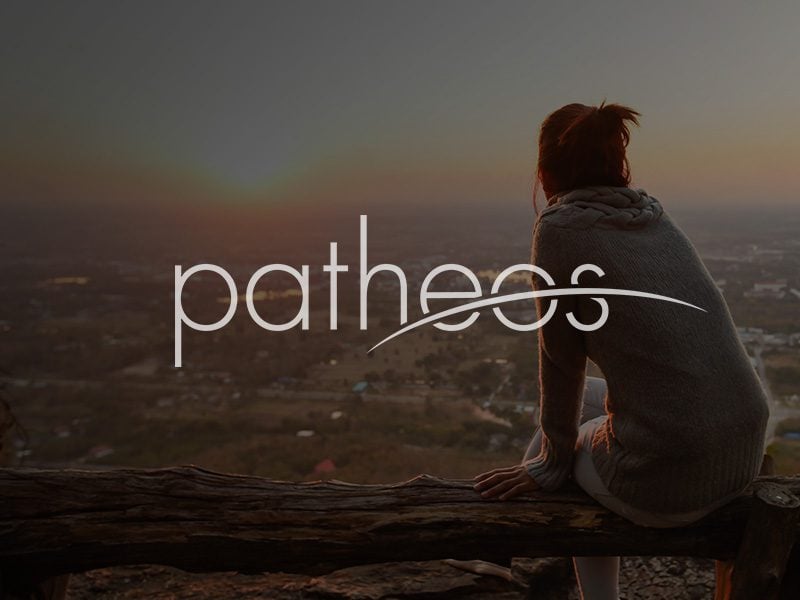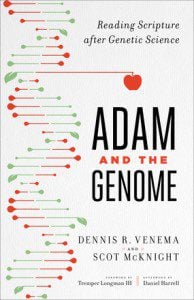Roger Olson proposes a method for a local church in discerning the same sex debate.
How foreigners detect Americans. (Kris and I are in Oxford and we shall both do our best to avoid detection, great idea don’t you think?!!!)
But why do these different outlooks exist, and correspond so closely to different regions? In a paper recently published in the Proceedings of the National Academy of Sciences (and discussed more here), psychologists Jesse R. Harrington and Michele J. Gelfand of the University of Maryland propose a sweeping theory to explain this phenomenon. Call it the theory of “tightness-looseness”: The researchers show, through analysis of anything from numbers of police per capita to the availability of booze, that some US states are far more “tight”—meaning that they “have many strongly enforced rules and little tolerance for deviance.” Others, meanwhile, are more “loose,” meaning that they “have few strongly enforced rules and greater tolerance for deviance.”
The 10 tightest states? Mississippi, Alabama, Arkansas, Oklahoma, Tennessee, Texas, Louisiana, Kentucky, South Carolina, and North Carolina. The 10 loosest, meanwhile, are California, Oregon, Washington, Nevada, Maine, Massachusetts, Connecticut, Hawaii, New Hampshire, and Vermont. (Notice a pattern here?)
Michael S. Horton has an exceptional piece on the church and mental illness, one that is theologically rooted, pastorally sensitive, and therapeutically receptive.
Nice, TSK in the process in becoming ordained as an Anglican.
What started out as a normal Sunday morning for Jeffrey Williamson of Blanchester, Ohio, turned into a nightmare when police officers showed up to his front door and arrested him in front of his family. His crime? Child endangerment—as the authorities described it—because his son skipped church to go play with friends. He now faces up to six months in jail.
According to Williamson, the local Woodville Baptist Church sends a van to his neighborhood twice a week to offer free transportation to those interested in attending services. Williamson’s children ride the van regularly on Wednesdays and Sundays. This morning was no different, as his eight-year-old son Justin and siblings said goodbye to their father and left their house to board the van.
One problem: Justin skipped church and went to play instead.
Pelagornis sandersi relied on the ocean to keep it aloft. Similar in many ways to a modern-day albatross — although with at least twice the wingspan and very different in appearance, Ksepka said — the bird probably needed a lot of help to fly. It had to run downhill into a head wind, catching the air like a hang glider. Once airborne, it relied on air currents rising from the ocean to keep it gliding.
22 interesting facts about sleep from the Cleveland Clinic.
The real change in 20 somethings when it comes to social location is their lack of money.
In the last decade, the face of twentysomething Americans has been righteously slapped by the recession, according to Harvard’s Joint Center for Housing Studies. The number of young adults making less than $25,000 has increased by six million; the number of young adults making more than $25,000 has declined by almost two million…. More years of school + more student debt + lower starting salaries + a nervous housing market + stricter rules for new home-buyers = no new home-buyers. … The personal reason to worry about young people is that they’re not making enough money. The big-picture reason to worry about young people is that their not making enough money has been dreadful for the U.S. housing market. The faster the economy grows, the faster young people can get back to their historic role of marrying, buying houses, and replenishing the top soil of economic growth.
Do you care about words? If so, read this.
“Sleep is the greatest creative aphrodisiac,”Debbie Millman asserted in her advice on breaking through your creative block. “Sleep deprivation will profoundly affect your creativity, your productivity, and your decision-making,”Arianna Huffington cautioned graduating seniors in her Smith College commencement address on redefining success. And yet, as German chronobiologist Till Roenneberg argued in his fantastic Internal Time: Chronotypes, Social Jet Lag, and Why You’re So Tired — one of the best science books of 2012, and undoubtedly among the best you’ll ever read — teenagers have already endured years of institutionally inflicted sleep deprivation by the time they get to college: there is a tragic disconnect between teens’ circadian givens and our social expectations of them, encapsulated in what is known as the disco hypothesis.
In Dreamland: Adventures in the Strange Science of Sleep (public library) — the fascinating exploration of what happens while you sleep and how it affects your every waking moment, and also among the best science books of 2012 — David K. Randall makes an empirically striking case for just how profound the impact of sleep-cycle misalignment is on teenagers, not only academically but also socially, psychologically, and emotionally:
Biology’s cruel joke goes something like this: As a teenage body goes through puberty, its circadian rhythm essentially shifts three hours backward. Suddenly, going to bed at nine or ten o’clock at night isn’t just a drag, but close to a biological impossibility. Studies of teenagers around the globe have found that adolescent brains do not start releasing melatonin until around eleven o’clock at night and keep pumping out the hormone well past sunrise. Adults, meanwhile, have little-to-no melatonin in their bodies when they wake up. With all that melatonin surging through their bloodstream, teenagers who are forced to be awake before eight in the morning are often barely alert and want nothing more than to give in to their body’s demands and fall back asleep. Because of the shift in their circadian rhythm, asking a teenager to perform well in a classroom during the early morning is like asking him or her to fly across the country and instantly adjust to the new time zone — and then do the same thing every night, for four years.












